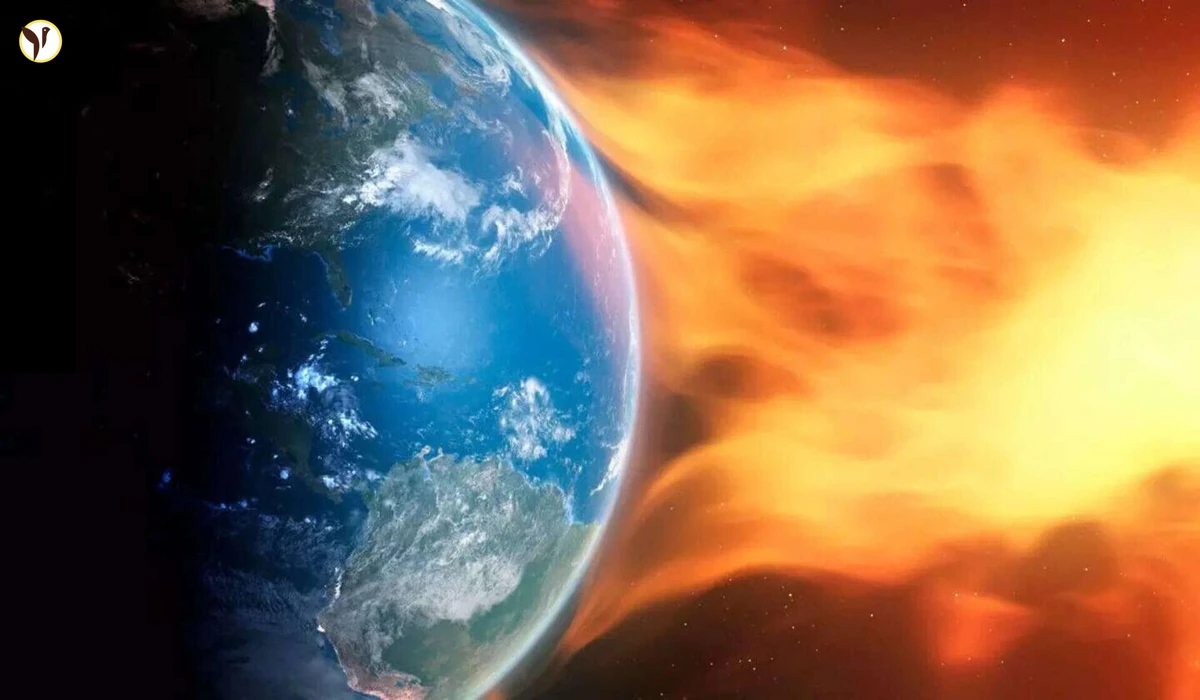Sun Unleashes Fury: X-Class Solar Flare Strikes!
Whoa, folks! Hold onto your hats, because the Sun just threw a serious tantrum.
The Big Solar Flare Show
We're talking an X2.7-class solar flare—the strongest one we've seen so far this year (2025, to be precise). This isn't just some minor solar sneeze; it's a full-blown eruption of intense radiation from the Sun's most active region. NASA's Solar Dynamics Observatory caught the whole thing, and let me tell you, the images are incredible—and a little scary.
What Happened?
This powerful flare caused high-frequency radio blackouts, mostly in the Middle East, lasting around 10 minutes. Think disrupted communication, not exactly the end of the world, but a definite disruption. The intense radiation messed with Earth's ionosphere, that layer of the atmosphere that helps with radio waves. Yikes!
But that's not all. Scientists are keeping a close eye on other sunspots, because this active region is rotating closer to Earth—meaning we could be in for more of this solar fireworks show. It's like the Sun's saying, "Hold my beer."
Why Should We Care About Solar Flares?
Solar flares aren't just pretty lights (though, we'll get to that!). They can disrupt things we rely on every day.
- Radio Communications: Think static on your favorite radio station, or worse, disruptions to air traffic control.
- GPS Signals: Navigation issues could pop up—imagine getting lost on a road trip because your GPS goes wonky.
- Power Grids: While a complete blackout is unlikely, there's a risk of power fluctuations.
- Spacecraft and Astronauts: These guys are directly in the line of fire—and need extra protection during intense solar events.
The Beauty Side of Solar Storms
Okay, let's talk about the good stuff. Remember those gorgeous auroras, the Northern and Southern Lights? They're actually caused by charged particles from the Sun interacting with Earth's magnetic field. This solar flare might mean an amazing light show in places you wouldn't normally see it—possibly even visible in parts of the UK and Ireland, which is super cool! The UK Met Office even predicted increased auroral activity.
Space photographers are already buzzing with excitement, documenting some pretty spectacular scenes—it's a reminder that even with the potential for disruptions, nature can still put on quite a show.
What's Next?
So, what can we expect? Well, it's hard to say for sure. The Sun's currently at the peak of its 11-year cycle, meaning more solar activity is expected. But rest assured, scientists at NASA and NOAA are keeping a very close watch, using things like the SWPC (Space Weather Prediction Center) to monitor things and to warn us about potential problems.
For most of us, the impact will probably be minimal—maybe some minor disruptions to communication or GPS. But those who depend on satellite navigation or aviation systems should definitely be paying attention to official alerts.
In the meantime, let's appreciate the awesome power of our Sun and enjoy the show...from a safe distance, of course!









